Forest officials wanted permits for filming in Idaho forests twice in past two months

BOISE – Though the chief of the U.S. Forest Service now says controversial permit requirements for filming and photography on forest lands never were intended to apply to journalists, crews for Idaho Public Television’s “Outdoor Idaho” program have repeatedly been told they need permits to film.
The most recent incidents occurred in August and September in North Idaho and eastern Idaho.
Reporter Melissa Davlin said she and photographer Jay Krajic were allowed to film at a garnet-digging site on Forest Service land in North Idaho, near Clarkia, in mid-August, but the Forest Service contacted her afterward asking her to fill out a retroactive permit application.
“It seemed very focused on commercial filming,” Davlin said of the application. “It was asking how large of a crew, if it’s more than 50 people, how many trailers we would have, that sort of thing. It was definitely focused for commercial filming, not for two public TV employees wandering around with a tripod and camera.”
Earlier this month, an Idaho Public TV employee who was working on an “Outdoor Idaho” project at Bear Lake in eastern Idaho was sent an email notifying her that a “permit is required of anyone filming on National Forest System lands unless it is breaking news.”
Both incidents were outside of wilderness areas, on National Forest lands.
Idaho Public TV General Manager Ron Pisaneschi, in a letter to the Forest Service after the September incident, wrote, “For more than 30 years, our Outdoor Idaho crew has regularly filmed in National Forest System land without the need to obtain a permit. We are troubled by this trending change of treatment, which is contrary to our status as a non-commercial entity.”
Amid a growing outcry across the nation about the new permit rules, Forest Service Chief Tom Tidwell told the Associated Press late Thursday that the rule is not intended to apply to news-gathering activities.
“The U.S. Forest Service remains committed to the First Amendment,” he said.
“I understand what he’s saying the intent is, but the language doesn’t not reflect that intent,” Mickey Osterreicher, general counsel for the National Press Photographers Association, told the AP in response to Tidwell’s comments.
“If they’re serious about it, they need to craft unambiguous language that exempts news-gathering if that’s their alleged intent, so there’s no question that someone out on a news story wouldn’t have a ranger or other employee saying ‘You need a permit’,” Osterreicher said.
Osterreicher noted that the proposal clearly refers to permits for still photography, but Tidwell said Thursday that “the intent is not for it to apply to still photography.” When this discrepancy was raised to him, Tidwell said: “This is an example of where we need to clarify.”
The Forest Service’s rule is up for public comments now prior to becoming permanent; the comment period, originally scheduled to end in early November, has been extended to Dec. 3. Tidwell said the agency wants feedback to help make sure the rules are clear and consistent.
Tidwell acknowledged that fees are applied differently by the agency across the country. He said the goal is to have a consistent approach to permitting commercial filming activities. Commercial-filming permits currently run anywhere from $30 a day for up to three people to as much as $800 per day for production involving dozens of people.
A separate proposal would charge as much as $1,500 for the bigger film productions involving dozens of people on federal lands.
Press advocates said the permit program put Forest Service officials in the position of deciding whether or not to issue permits for news stories based on whether they liked the stories or not, in violation of the First Amendment’s guarantees of press freedom.
The Forest Service’s rules have caused problems before. In 2010, the agency refused to allow an Idaho Public Television crew into a wilderness area to film student conservation workers. The agency ultimately caved to pressure from Idaho Gov. Butch Otter.
The Associated Press contributed to this report.